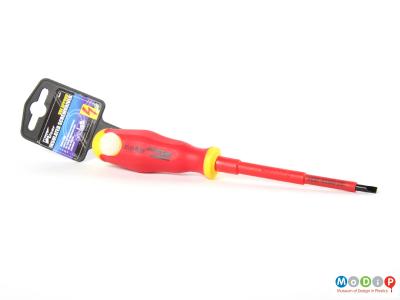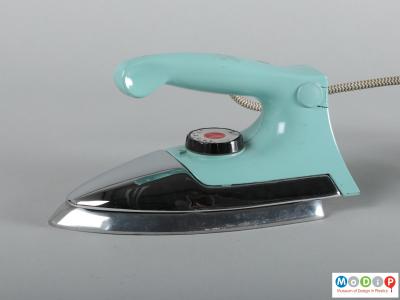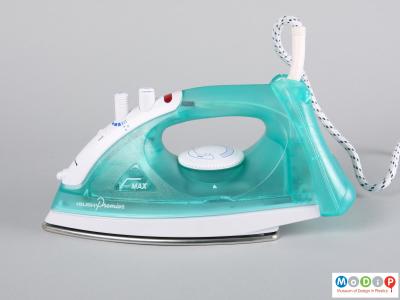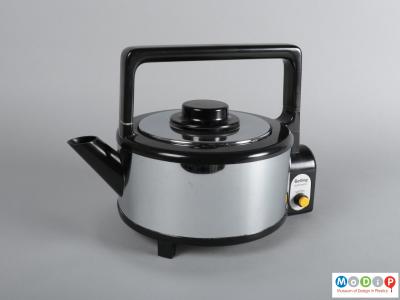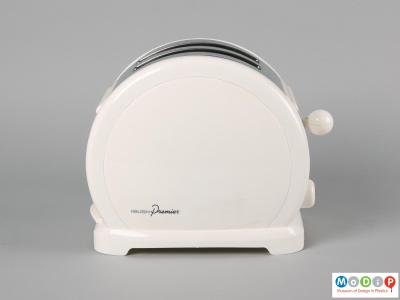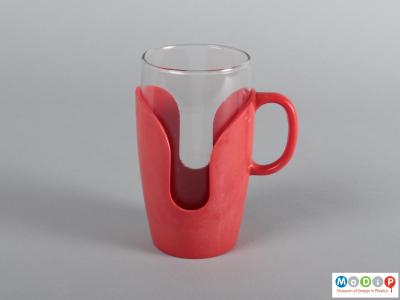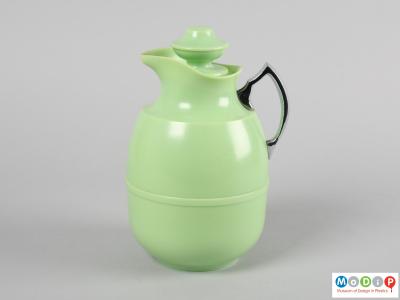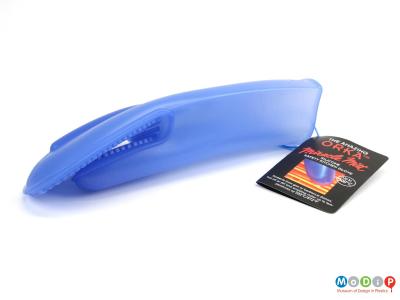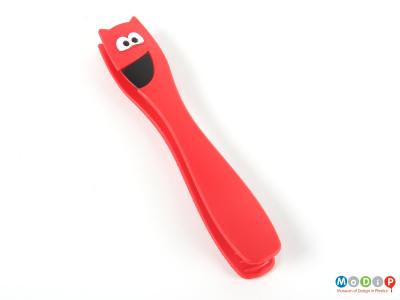Some plastics materials have properties which inhibit the conduction of thermal and electrical energy making them excellent insulators to protect us from electrical shocks, burns, and scolds. This insulating property is also exploited to keep food and drink hot or cold, making it refreshing or safe to consume by either keeping the heat inside or outside the container.
If part of the human body is in contact with a live electrical cable it will likely result in an electric shock. The most common injuries related to this kind of shock are burns, but electric shock can lead to death. Within a domestic setting, electrical cables have a sheath of polyvinyl chloride (PVC) which can be seen on some of the domestic appliances on display here. This acts as a barrier to protect the live wires from damage and to keep those wires away from the user. Electrical plugs (1) and sockets have been made from plastics for many years. Phenol formaldehyde (PF) was the preferred material from the 1920s as domestic electrical appliances became very popular. It was used up until the 1960s when other plastics materials took over. Industrial connectors (2) and electrician’s tools (3), where the metal shaft is coated with a plastics material, demonstrate how the protection provided by plastics is taken into professional and do-it-yourself settings.
Plastics are also used as a barrier from burns which could be caused when using appliances that generate heat (4-8). These can be designed to have steam-blocking shields (7) or cool-to-touch walls (8), both of which exploit the mouldability of the plastics materials used.
Other barriers from heat transference include a single skinned holder for a beaker (9), or double-walled vessel (10-12), where plastics are used alongside glass. For removing hot dishes from an oven, a silicone oven glove (13) provides protection without the risk of absorbing spilled or over flowing liquids. Alternatively, non-conductive, sprung tongs (14) offer a distance between the user’s hand, the heat of the toaster element or the hot food.



